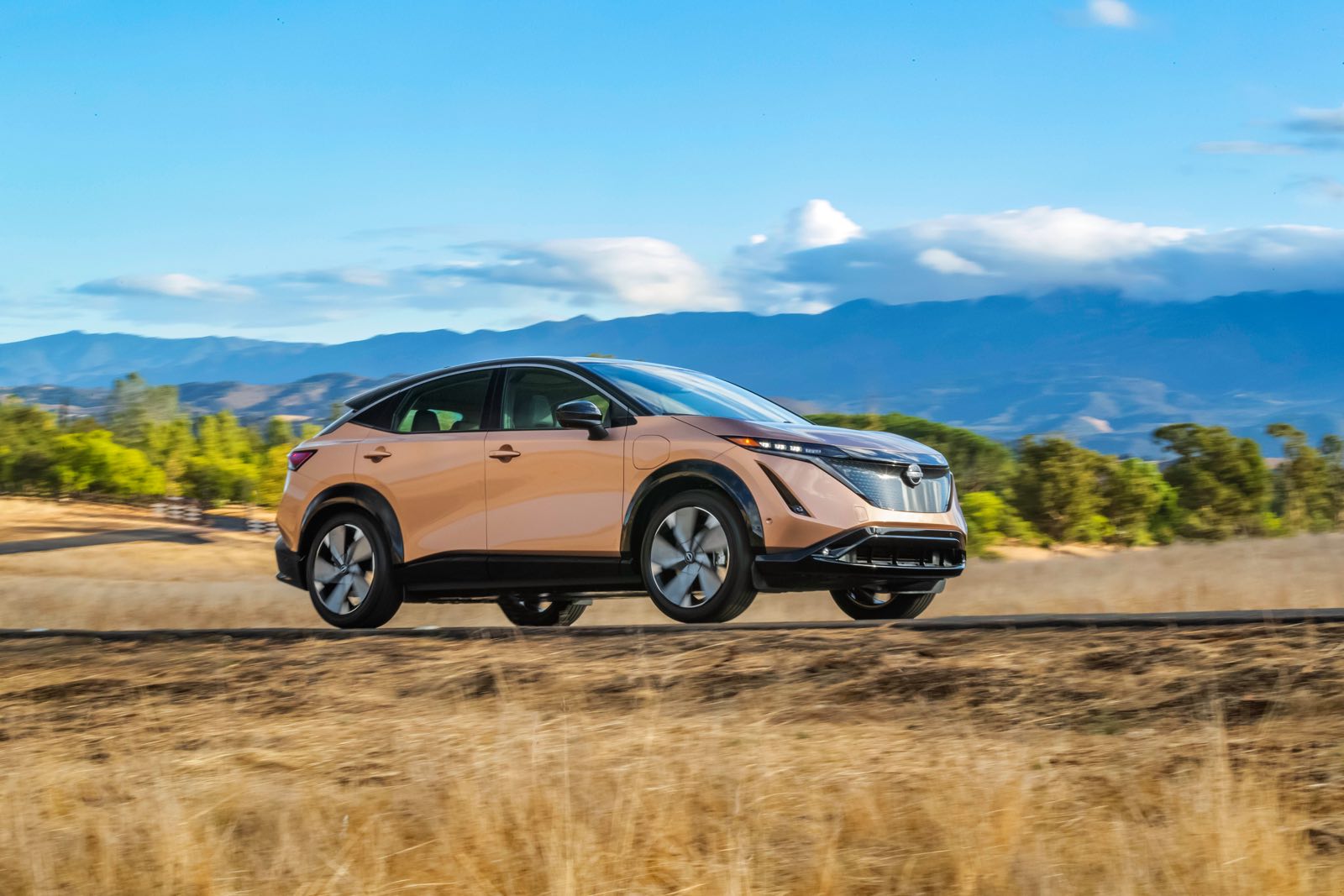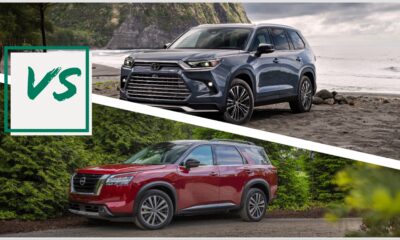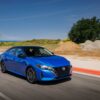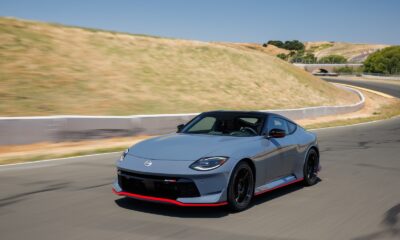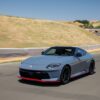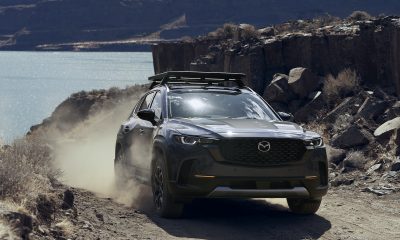Car Reviews
NISSAN’S ALL-NEW ARIYA EV – Everything You Need, Most of What You Want
NISSAN’S ALL-NEW ARIYA EV
Everything You Need, Most of What You Want
As you’d know, there is Tesla, the acknowledged pioneer in electrifying the automotive landscape. You might have forgotten, however, that there was also Nissan, with its well-ahead-of-the-curve introduction of the hatchback Leaf, allowing mass adoption of an EV platform (something Tesla still hasn’t done, despite its models selling in mass volumes) by what I’ll describe as us ‘regular’ folks. And you would have forgotten because the product and marketing teams at Nissan allowed you to forget. With its all-new Ariya EV, Nissan provides a reminder of what it once was, and an indication of what it can still be. Think of it as an automotive-sized dose of Prevagen.
Of course, Nissan’s timing might have been better – but as someone once said (typically when getting into bed…), there’s no time like the present. After the buzz and hype generated by the EV segment, Covid played havoc with production, as did a related shortage of chips; chips are necessary for the building of all modern cars – but especially necessary to the manufacture of EVs. So, with almost no one paying attention to the current generation of the Leaf, Nissan aims for the sweet spot of the EV market with the all-new Ariya SUV, categorized by the EPA as a small station wagon. It also sits at what we’ve come to perceive as the pricing norm of the EV, starting in the mid-$40s and topping out in the mid-$60s. That, of course, is a lot of change, but as I discovered during a week of driving, the new Ariya constitutes a lot of car.
In the initial walk-up, I gotta’ be blunt: The Ariya’s front end is impossibly blunt. Obviously, you don’t need a faux grill for an EV, and most EV design teams have dispensed with it. But then, neither do you need the upright architecture of a barn door, and that – presumably – is what the Ariya’s design team wanted. The front end is almost impossibly vertical, and while that verticality(?) makes for an abbreviated front overhang, some may find it a visual turnoff when cross-shopping Kia’s EV6 or Tesla’s ubiquitous Model Y. But I like a tidy footprint, and the abbreviated front end keeps the Ariya’s footprint – with an overall length of 183 inches on a wheelbase of 109 inches – appropriately short. To be sure, you won’t confuse this with a Unimog (look it up!), but neither will you waffle between this and Porsche’s all-electric Taycan.
Given that this is a crossover, the Ariya’s utility is heightened (both figuratively and literally) by a 65-inch height and a super-generous greenhouse. You and your passengers can see out, and if interested, those drivers around you can see in. The height, in combination with an comfortable step-in, makes the Ariya easily accessible to virtually anyone of any age – this would be absolutely awesome for an Uber or Lyft driver, assuming he or she could muster the $45K (and up!) purchase point.
Behind the wheel, Nissan adapts a clean, elemental design theme that more OEMs should imitate. Info is clearly displayed in front of the driver, while infotainment and HVAC controls are about as easy to access as the market in 2023 allows…unless your cross-shopping Nissan’s Frontier. And not only do the driver’s and front passenger seat adjust fore-and-aft, so does the console – a gee-whiz feature if ever there was one. But within the console is my one interior nit: The phone charger sits beneath the armrest, making it impossible to see if using your phone as a Nav unit.
When actually driving the Ariya, it’s the cool and calm platform an EV should be. Car and Driver knocks it for its perceived lack of excitement, and to be sure, I find Kia’s EV6 or the Mach-E Mustang more engaging, but most consumers aren’t looking for track days; they’re looking for work days or weekend drives. And for those assignments the Ariya goes about its business in a way fully appropriate to the mission – it’s composed and comfortable, with responsive acceleration (our EMPOWER+ trim reaches 60 from a standstill in just over 7 seconds – faster variants can do it in under 5 seconds) and a truly sublime experience on any and all roadways.
With its 87 kWh battery pack, the EMPOWER+ offers 289 miles of range and will recharge using a Level 2 charger from 0% to full in just 14 hours, and will do the same at a DC quick charger in 40 minutes. Duplicating my ritual, drawing down the battery to roughly 50% in a day of school drop-offs and errand running, I plugged it in to our Level 2 home charger after dinner and awakened to a full battery.
Built in Japan, the Ariya doesn’t qualify for the federal government’s $7,500 tax credit on a purchase, but that credit can be applied to a Nissan lease. And given the rapidly evolving state of EV design and capabilities, leasing is probably the smartest strategy, anyway.
If an EV is on your to-do list, Nissan’s Ariya should be on your to-drive list. It may be the best Nissan in a generation.



